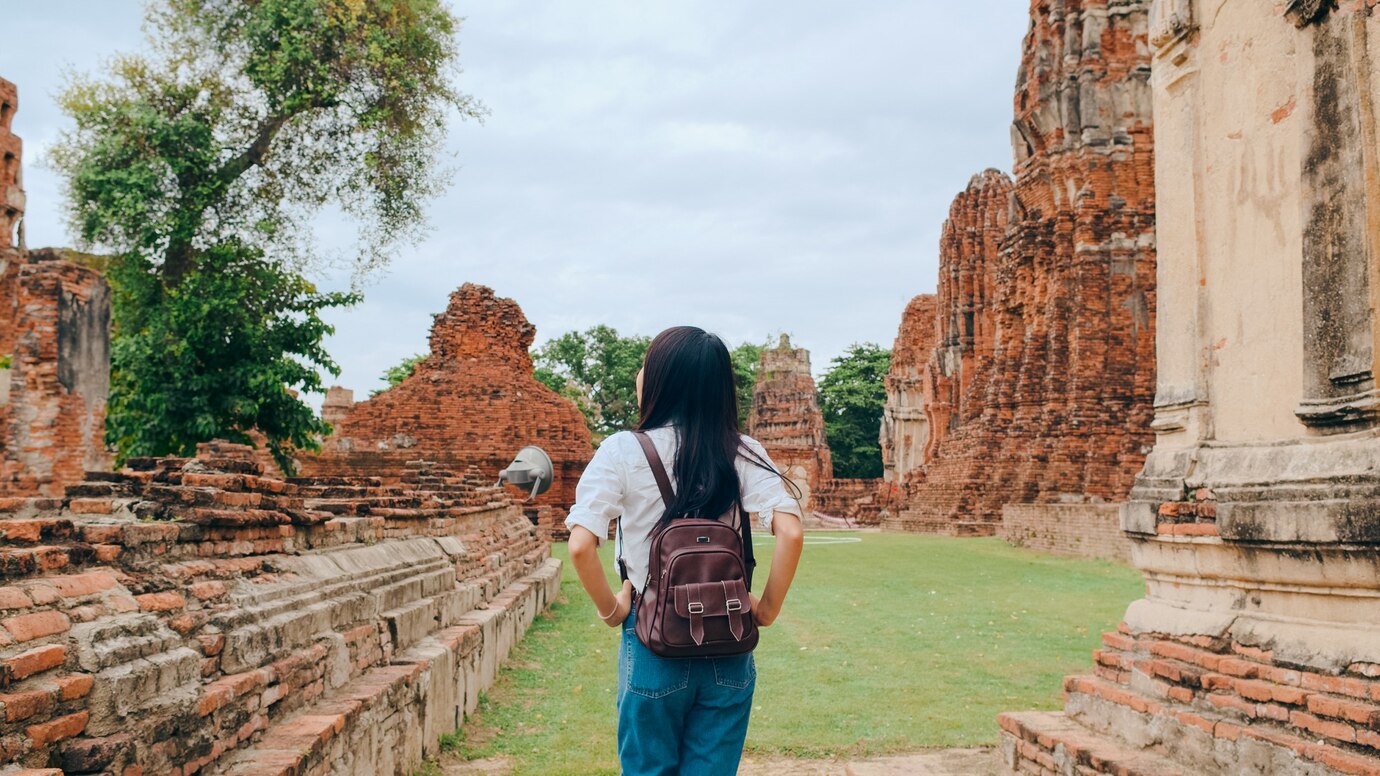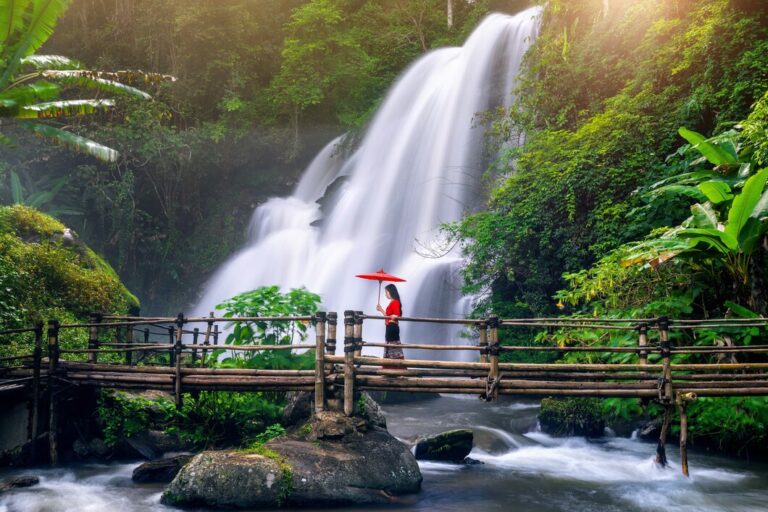Angkor Wat Travel Guide For Cambodia
Angkor Wat is not just a destination; it’s a journey back in time. This awe-inspiring temple complex is the largest religious monument in the world and a masterpiece of Khmer architecture. Here’s a detailed guide to help you explore Angkor Wat and make the most of your visit.
Getting There
By Air: Siem Reap International Airport is your gateway to Angkor Wat. The airport is well-serviced by flights from major cities across Southeast Asia, including Bangkok, Ho Chi Minh City, and Hanoi. From the airport, it’s a short drive to Angkor Archaeological Park.
By Road: If you prefer to travel overland, Siem Reap is accessible by bus from various Cambodian cities and neighboring countries. This option provides a scenic view of the Cambodian countryside but takes longer compared to flying.
Best Time to Visit
The best time to visit Angkor Wat is during the dry season, which lasts from November to April. This period offers pleasant weather with lower humidity and minimal rain, making it ideal for exploring the temples. The rainy season, from May to October, brings frequent showers and higher humidity but fewer tourists and lush green scenery.
Exploring Angkor Wat
History and Significance
Constructed in the early 12th century, Angkor Wat was initially built as a Hindu temple dedicated to Vishnu. Over time, it evolved into a Buddhist temple, reflecting the changing religious landscape of Cambodia. The temple stands as a symbol of the Khmer Empire’s grandeur and cultural heritage.
Architecture
Angkor Wat is renowned for its monumental scale and intricate design. The temple is laid out in a vast rectangular pattern with a central tower symbolizing Mount Meru, surrounded by four smaller towers representing mountain ranges. The extensive bas-reliefs and carvings on the temple’s walls depict scenes from Hindu epics like the Ramayana and Mahabharata, showcasing the artistic brilliance of the Khmer civilization.
Key Highlights
- Central Temple: The central tower of Angkor Wat is the heart of the complex. Ascend to the upper levels for panoramic views of the temple grounds and surrounding landscape. The detailed carvings here are particularly impressive.
- Bas-Reliefs and Carvings: The temple walls are adorned with elaborate bas-reliefs that illustrate various mythological and historical scenes. Don’t miss the famous Churning of the Ocean of Milk, a highlight of the temple’s artwork.
- Outer Galleries: The outer galleries feature long, tranquil corridors with intricate carvings. These areas offer a peaceful environment for exploration and photography.
How to Get Around
Walking
Walking through Angkor Wat is a rewarding experience, but be prepared for extensive distances. Wear comfortable shoes and stay hydrated as you explore the vast temple grounds.
Bicycles and E-Bikes
Renting a bicycle or e-bike is a popular option for navigating the expansive Angkor complex. Many rental shops in Siem Reap offer bikes for daily use, providing a convenient way to cover more ground.
Tuk-Tuks
Tuk-tuks are a convenient and charming way to travel around Angkor Archaeological Park. The drivers are familiar with the site and can offer helpful advice on the best routes and timings.
Guided Tours
For an enriched experience, consider joining a guided tour. Knowledgeable guides can provide context, share interesting facts, and ensure you see the most important features of Angkor Wat.
What to Bring
- Comfortable Clothing: Dress modestly with shoulders and knees covered, as a sign of respect for the sacred site. Lightweight, breathable clothing is advisable due to the warm temperatures.
- Sun Protection: Protect yourself from the sun by bringing sunscreen, a hat, and sunglasses. The sun can be quite intense, especially in the middle of the day.
- Camera: Angkor Wat offers spectacular photo opportunities. Bring your camera or smartphone, but remember to follow any photography guidelines and avoid using flash inside the temples.
- Water and Snacks: Bring plenty of water and some snacks. While there are vendors near the entrance, it’s a good idea to be prepared for hydration and energy during your visit.
Nearby Attractions
- Angkor Thom: Located near Angkor Wat, Angkor Thom is the last great capital of the Khmer Empire. Key attractions include Bayon Temple, known for its enigmatic stone faces, and the Terrace of the Elephants.
- Ta Prohm: Ta Prohm is famous for its tree-clad ruins and atmospheric setting. The temple’s appearance in the film “Tomb Raider” has added to its allure. It’s a unique place where nature and architecture intertwine.
- Banteay Srei: A bit further from the main complex, Banteay Srei is celebrated for its exceptionally detailed carvings. Known as the “Citadel of Women,” it’s a beautiful example of Khmer art and craftsmanship.
Practical Tips
- Entry Fees: You’ll need an entry pass to explore Angkor Archaeological Park. Options include one-day, three-day, or seven-day passes, which can be purchased at the park entrance.
- Respect the Site: Follow local customs and respect the sacred nature of the site. Dress appropriately, avoid touching or climbing on ancient structures, and follow the rules for photography.
- Stay Hydrated and Cool: The heat can be intense, so drink plenty of water, take breaks, and use sun protection to stay comfortable during your visit.
Conclusion
Angkor Wat is a breathtaking testament to the artistic and architectural prowess of the Khmer Empire. Its intricate design, historical significance, and stunning carvings make it a must-visit destination. By planning your visit thoughtfully and respecting the cultural heritage, you can fully appreciate the wonder of Angkor Wat and create lasting memories of this extraordinary site.







